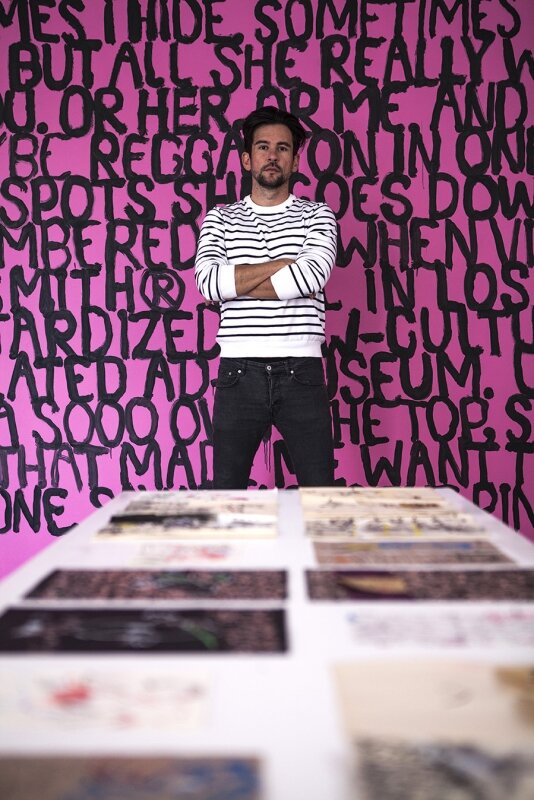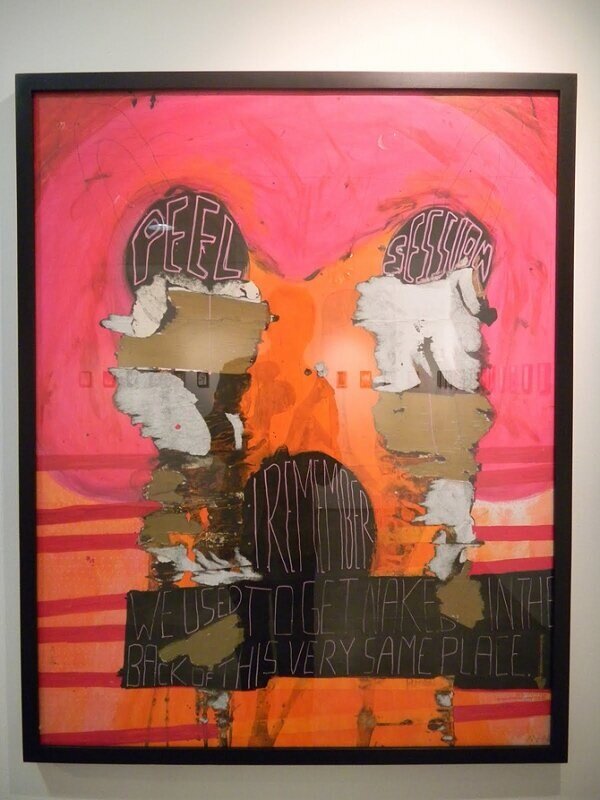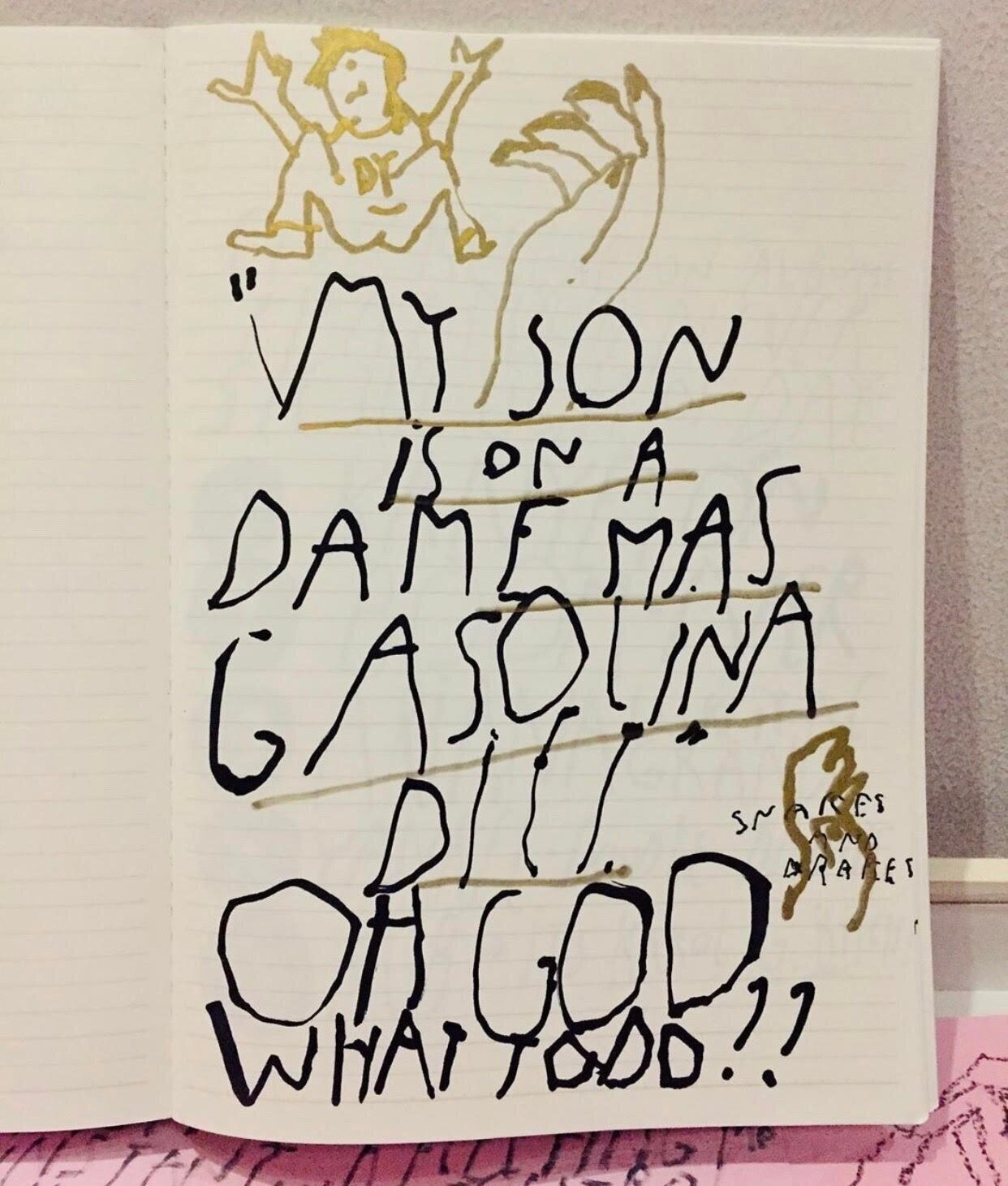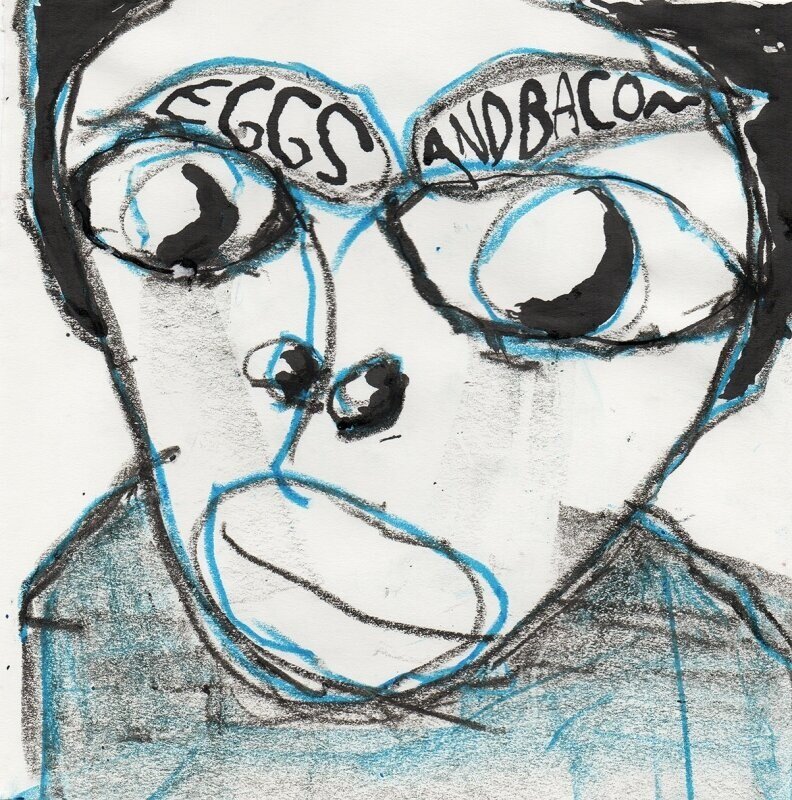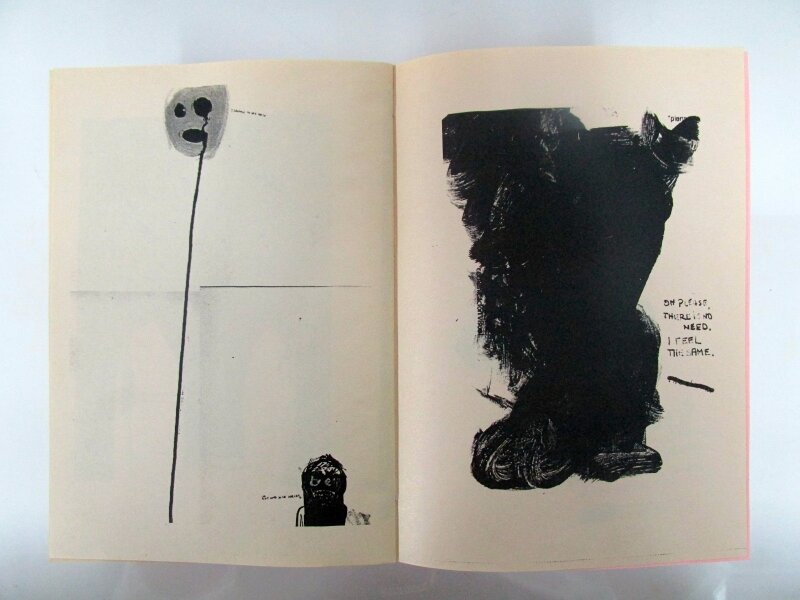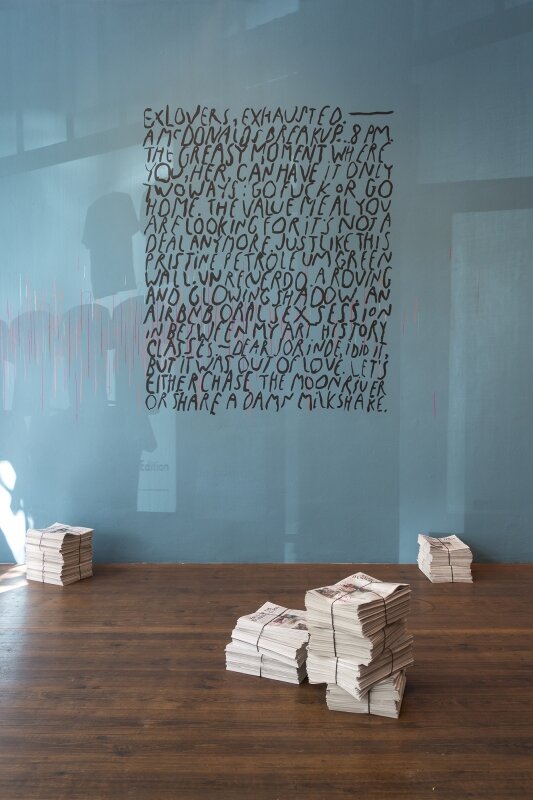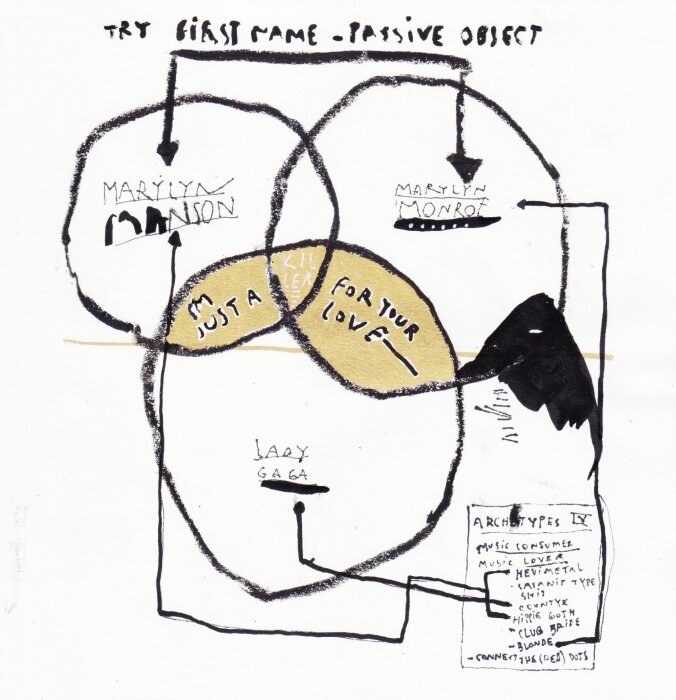Veronica Matiz’s 3D sculptural visions are driven by her curiosity to transform raw elements. The Colombian artist’s fondness for the visual arts came naturally to her in childhood. She explains, “My taste for art started from a very young age, if I remember correctly since I was 6 years old. My mother would drop me off at an aunt's house after school, she was a student at the Faculty of Arts at the National University. She showed me everything she did and let me use her paints and materials, which founded my passion for art.”
Aesthetics
Matiz’s sculptures are composed of geometric shapes that blend seamlessly. Each steel piece complements the previous one to provide that “growing” effect that adds to the gestalt of the sculpture. It is in that repetition of shapes that gives her work a sense of solidity, which is then matched with a color that is as equally striking to the eye. “The aspects that matter the most in my work are light, shape, color and material; it is these elements that help me openly create, and geometry is an essential part. [There is] play and experiment with different angles in a constant search, giving it movement and achieving different shapes in the same sculpture,” she says.
It is through the motion-like shaping that the sculptures create that airy yet grounded aesthetic to them. Each piece’s center of gravity allows for the sculpture to be built upon piece by piece, which then evokes freely created movement. The finished product at times resembles those organic shapes found in nature and living things.
The artist touches on this aspect, “I started making sculptures with pure geometry, playing with the juxtaposition of form and discovering the wide use of steel sheets. With this cold and masculine material, I managed to create harmonic forms with movement and volume; simulating nature as with butterflies and their great variety of colors and shapes.”
A Deeper Meaning
There is a slight hypnotic element to Matiz’s work. It comes from the way the geometric elements form patterns through repetition. The effect also results in a unique experience for every person. Matiz’s sculptures are a 360° experience and what one sees will depend on where they are standing.
Her work is strong proof of how something simple as a line or curve can be made into something non-static and that evolves. The bright paint colors evoke strong feelings of liveliness, which is indicative of that pull and push view set in motion by each sculpture. Matiz explains, “My evolution can be seen in each of my works, I am always trying to innovate, be it with shape, color, or texture. I always want to put out works that occur to me and seem almost impossible.”
One Last Note
What makes Matiz’s work most enjoyable is the fact that she challenges herself and the viewer to drop assumptions about materials and what is possible through art. She transforms rigid materials, making them appear pliable. Matiz breaks the boundary of what abstract sculpture should look like by making it bold, bendable, and beautiful.
She is currently working on new pieces that will be unveiled next month. “I'm working on new organic shapes, experimenting with colors, and with oxide. I am doing large format, three-dimensional wall sculptures. In September we will see the first results,” she says, and we look forward to it!
For more on the artist’s work, please visit her website.
*Interview translated from Spanish
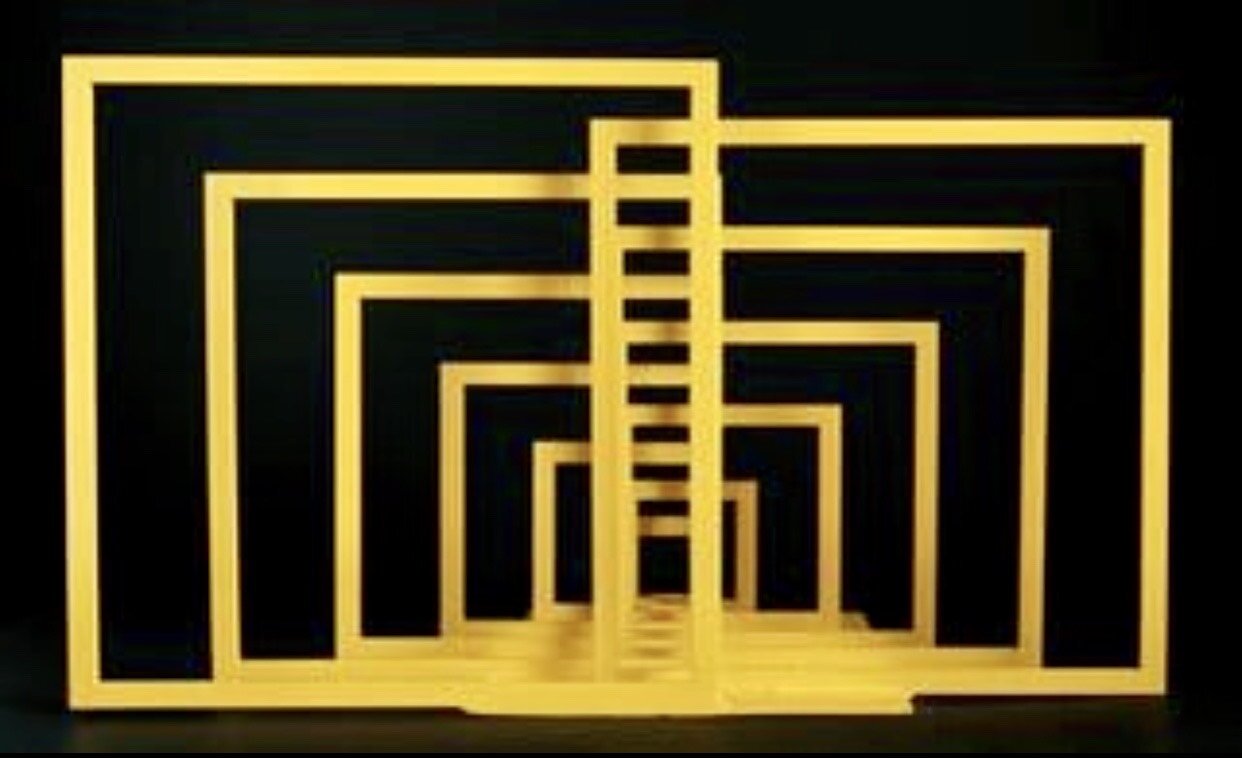
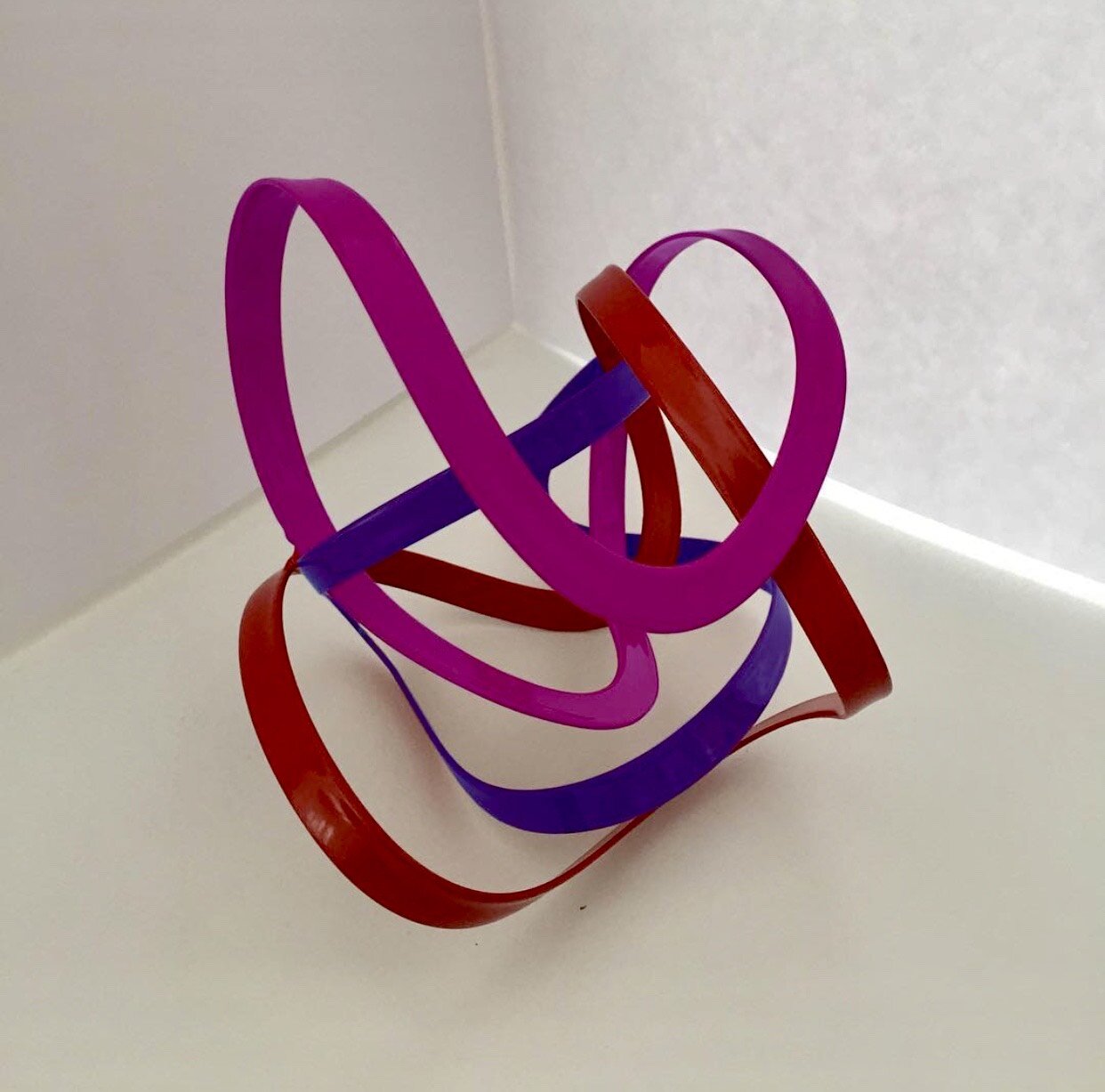
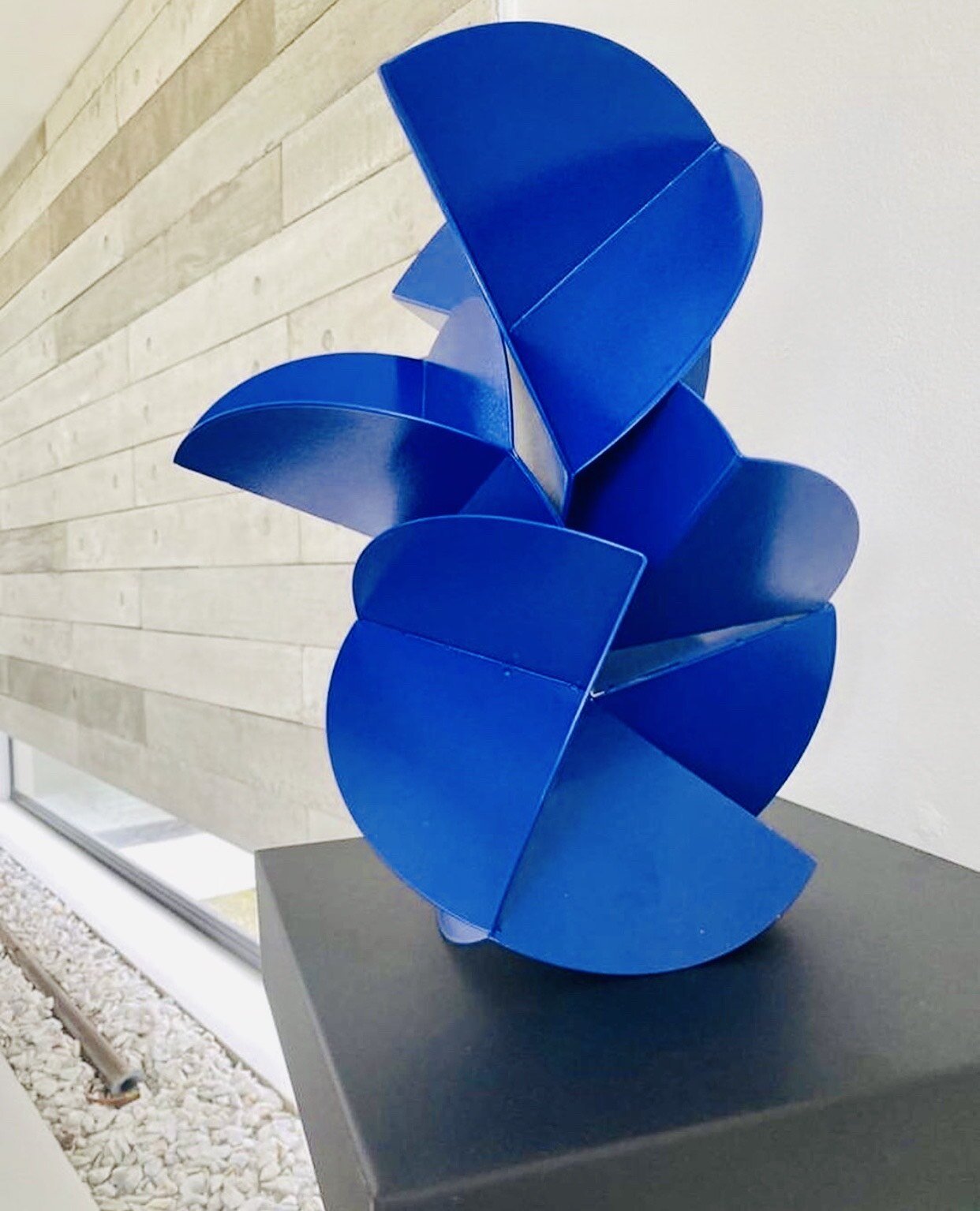
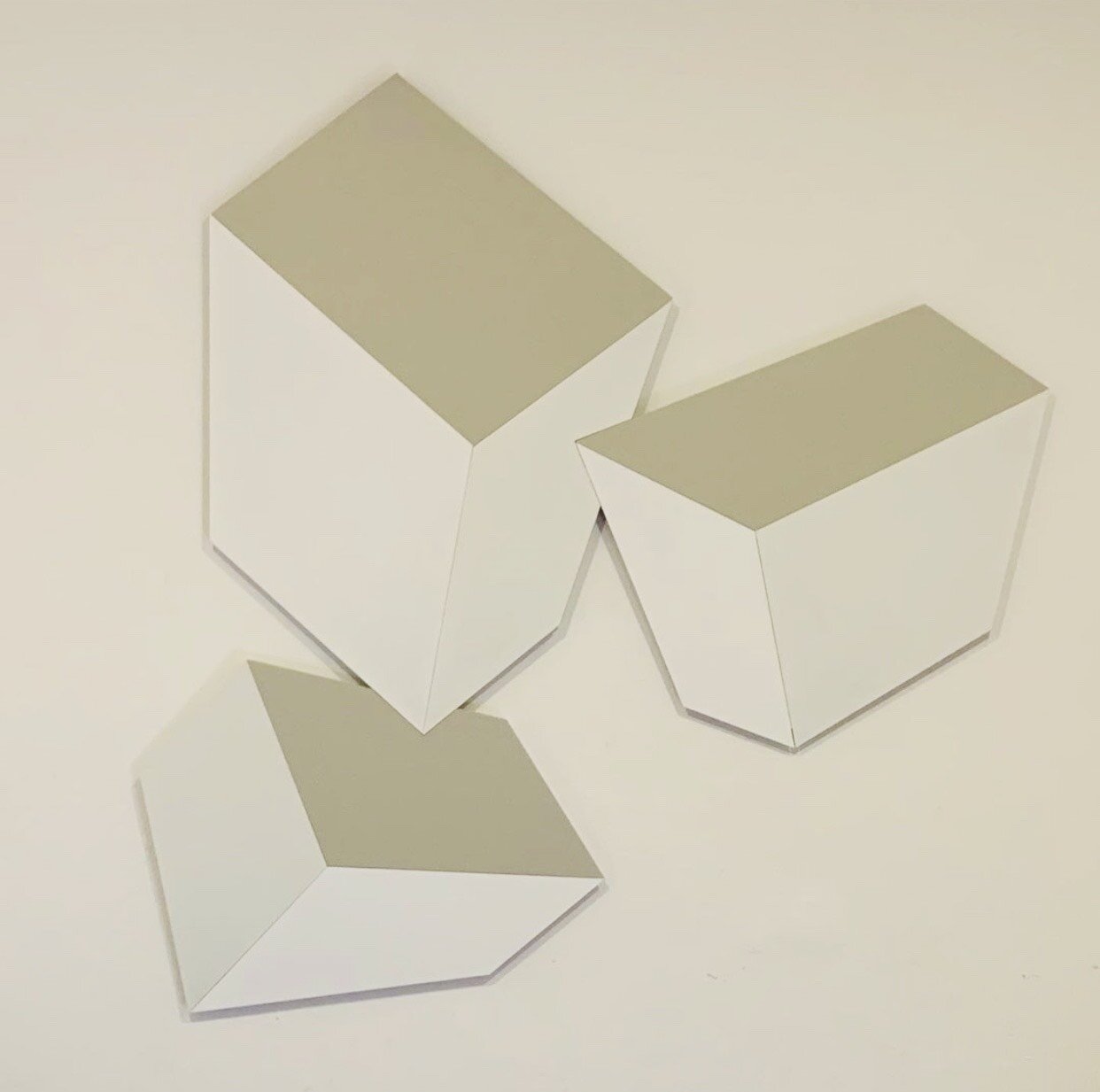
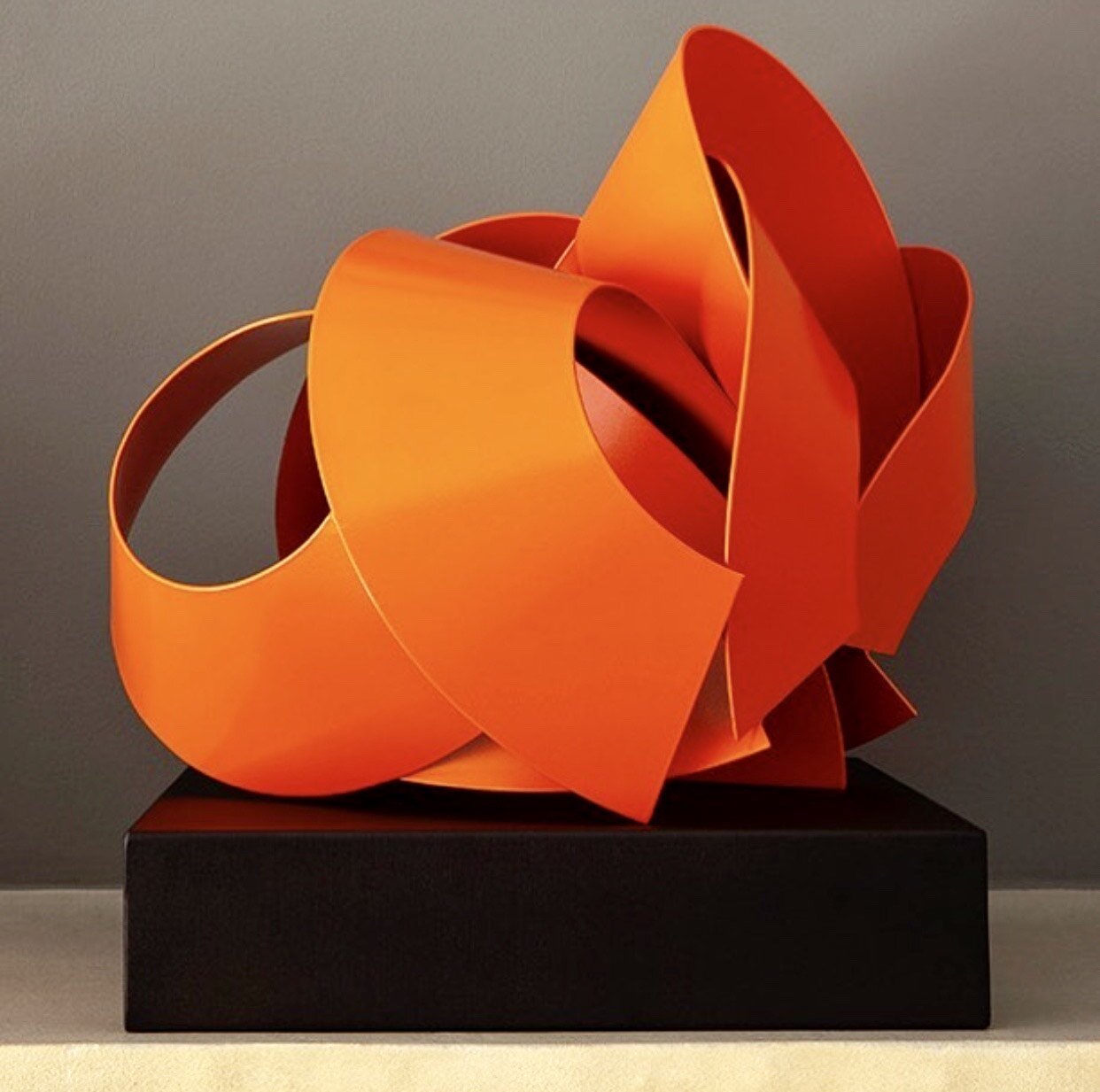

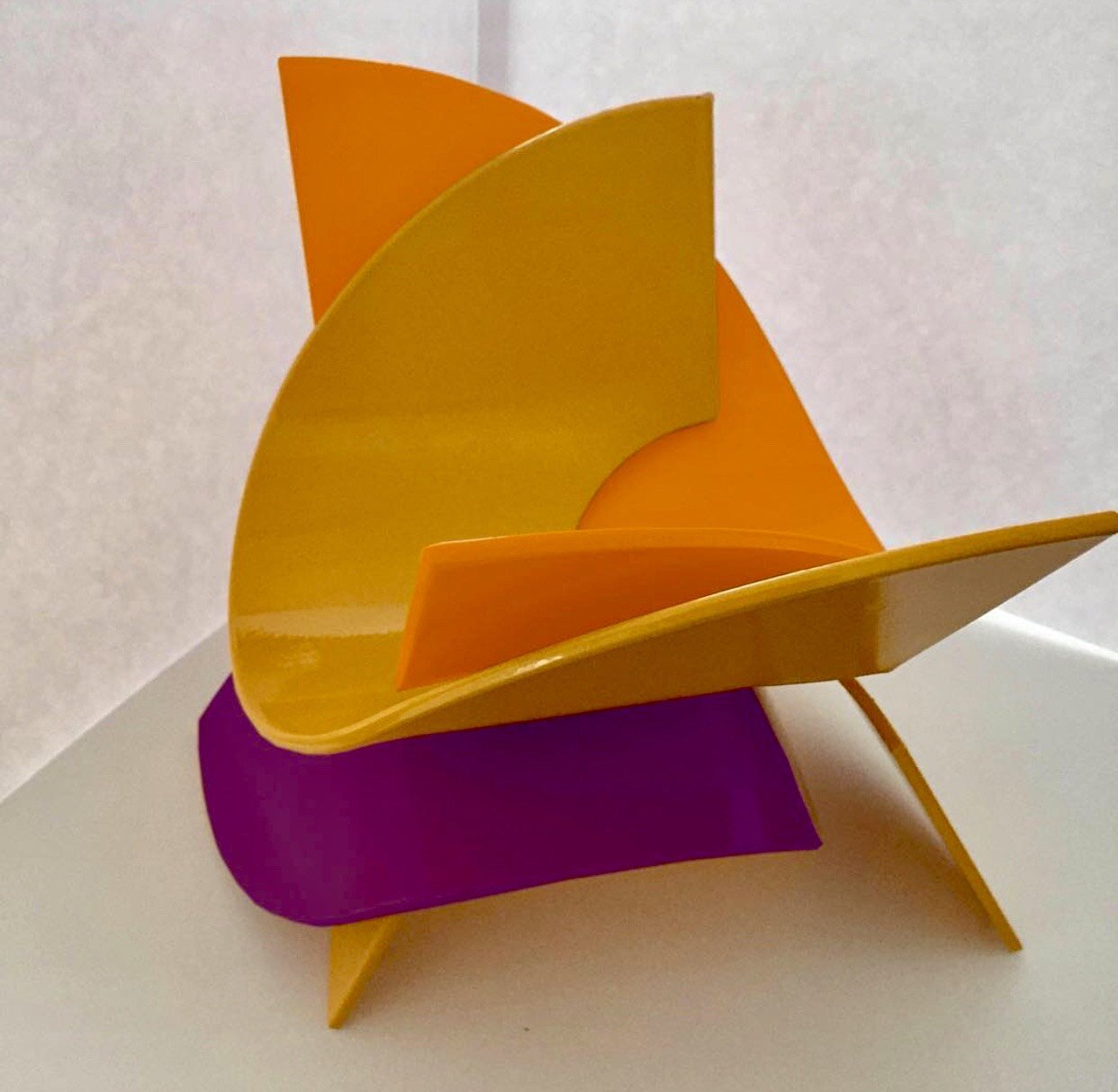

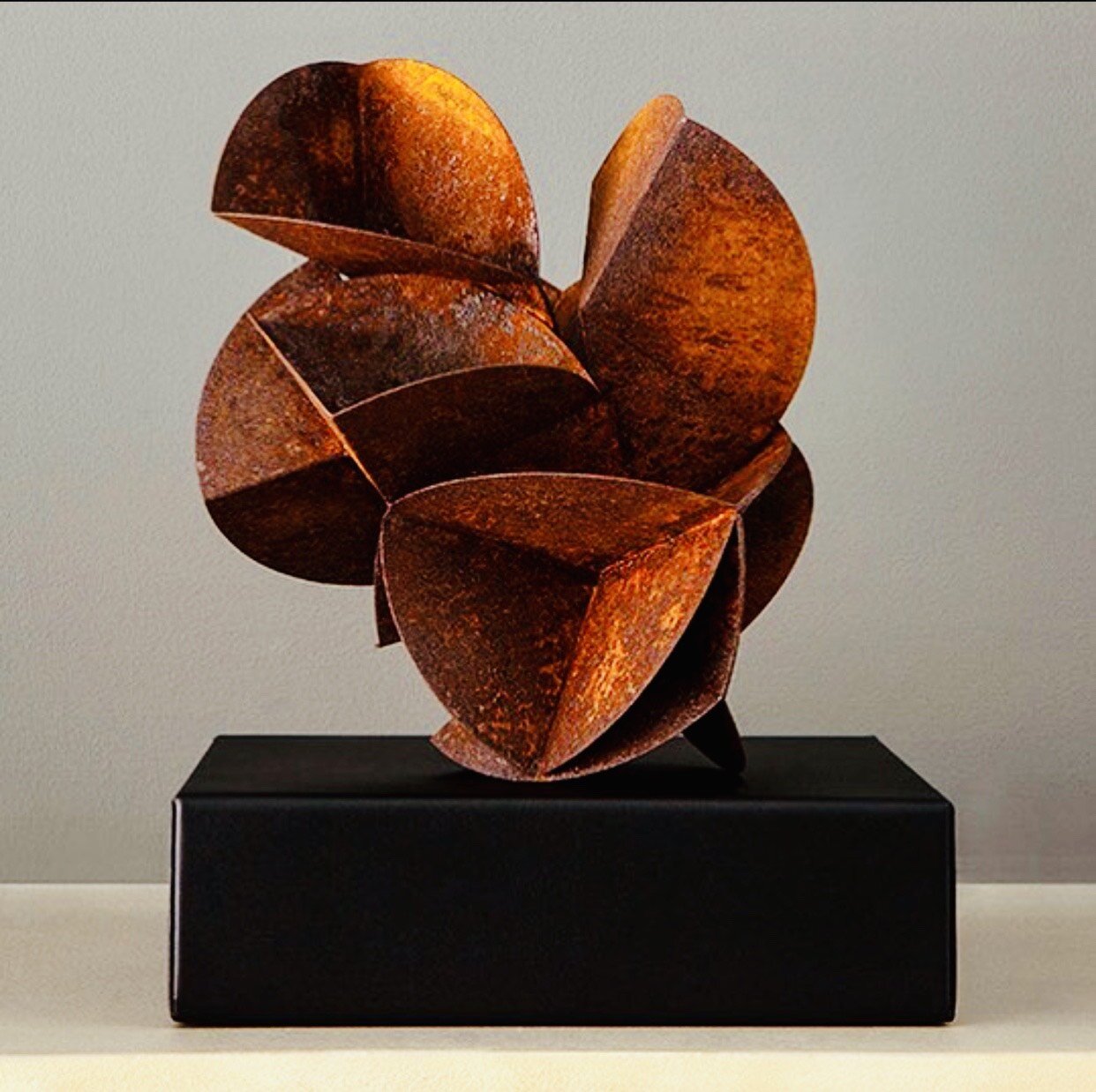
Today’s poem resembles those seamless sculptural shapes found in Veronica’s work:
Waves
One by one upon my shore
The little waves are laid,
Each one a new and perfect thing
Which the sea has made.
From that which is forever old
They come, forever young,
The latest, faintest echoes
Of the song the sea has sung.
They echo it in whispers.
I listen ceaselessly,
For fear the echoes die away
And I should hear the sea.















